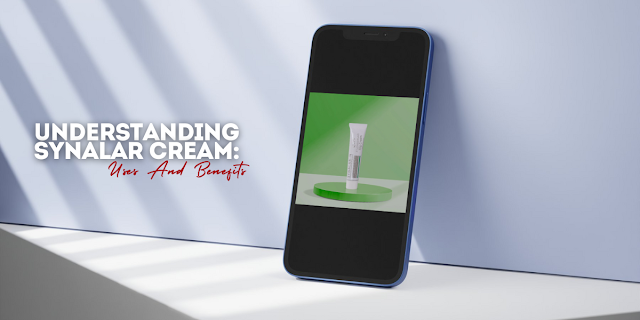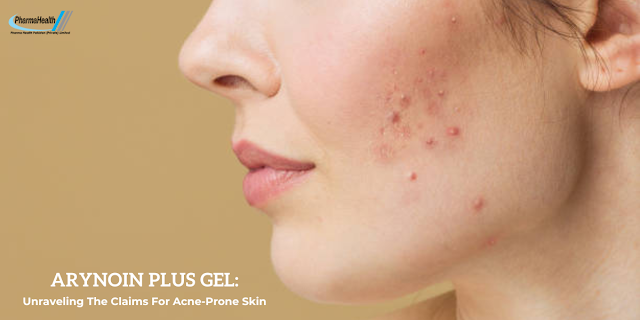Solaris Sunblock: Protecting Your Skin Under The Sun's Gaze
Sun protection is undeniably a crucial part of any skincare regimen. With increasing awareness of the sun's harmful rays, choosing the right sunscreen has become paramount. Solaris Sunblock has emerged as a popular choice, promising effective sun protection for various skin types and activities. But before hitting the beach with Solaris in tow, let's delve deeper into its claims, ingredients, and what it offers sunbathers and outdoor enthusiasts.
Solaris Sunblock caters
to individuals seeking protection against UVA and UVB rays, the two main types
of ultraviolet radiation from the sun. UVA rays penetrate deep into the skin,
contributing to premature aging and wrinkles. UVB rays are responsible for
sunburns and can also play a role in skin cancer. By offering protection
against both UVA and UVB rays, Solaris Sunblock aims to provide comprehensive
sun defense.
The specific ingredients
used in Solaris Sunblock can vary depending on the product line. However, many
Solaris sunscreens incorporate common broad-spectrum sun protection ingredients
like zinc oxide and titanium dioxide. These mineral-based ingredients
physically block UVA and UVB rays, preventing them from penetrating the skin.
Some Solaris sunscreens might also contain chemical sunscreens, which absorb UV
rays and convert them into heat that is released from the skin.
Beyond basic sun
protection, Solaris Sunblock boasts additional features depending on the
specific formula. Some sunscreens offer water resistance, ideal for swimming
and sweating. Others might be formulated for sensitive skin, containing
hypoallergenic and fragrance-free ingredients to minimize irritation. Solaris
even offers sunscreens specifically designed for sports enthusiasts, with
sweat-resistant properties for active lifestyles.
Sun protection factor
(SPF) is a crucial factor when choosing sunscreen. SPF indicates the level of
protection against UVB rays, the primary cause of sunburns. Solaris sunscreens
typically offer a range of SPF options, from SPF 15 for minimal sun exposure to
SPF 50+ for extended outdoor activities or those with very sensitive skin.
While Solaris Sunblock
emphasizes its protective qualities, it's important to remember that no
sunscreen offers 100% protection. Here are some additional sun safety tips to
keep in mind:
- Seek
Shade: Especially during peak sun hours (10 am to 4
pm), try to find shade whenever possible.
- Reapplication
is Key: Sunscreen needs to be reapplied every two hours,
or more often if swimming or sweating heavily.
- Sun-protective
Clothing: Opt for clothing that covers your arms and legs,
especially for extended sun exposure.
- Broad-Brimmed
Hats: Hats with wide brims provide shade for your
face, neck, and ears.
- Sunglasses: Protect
your eyes from UV rays with sunglasses that block UVA and UVB rays.
Solaris
sunscreen provides a range of sun protection
options for various needs and skin types. By understanding the ingredients, SPF
levels, and additional features offered by different Solaris sunscreens, you
can choose the one that best suits your activity level and skin sensitivity.
Remember, sun protection is an essential part of maintaining healthy skin, and
Solaris Sunblock can be a valuable tool in your sun safety arsenal. However,
sun protection goes beyond sunscreen alone. Combining sunblock with other sun
safety measures like seeking shade, reapplying sunscreen regularly, and wearing
protective clothing ensures comprehensive defense against the sun's harmful
rays.




Comments
Post a Comment